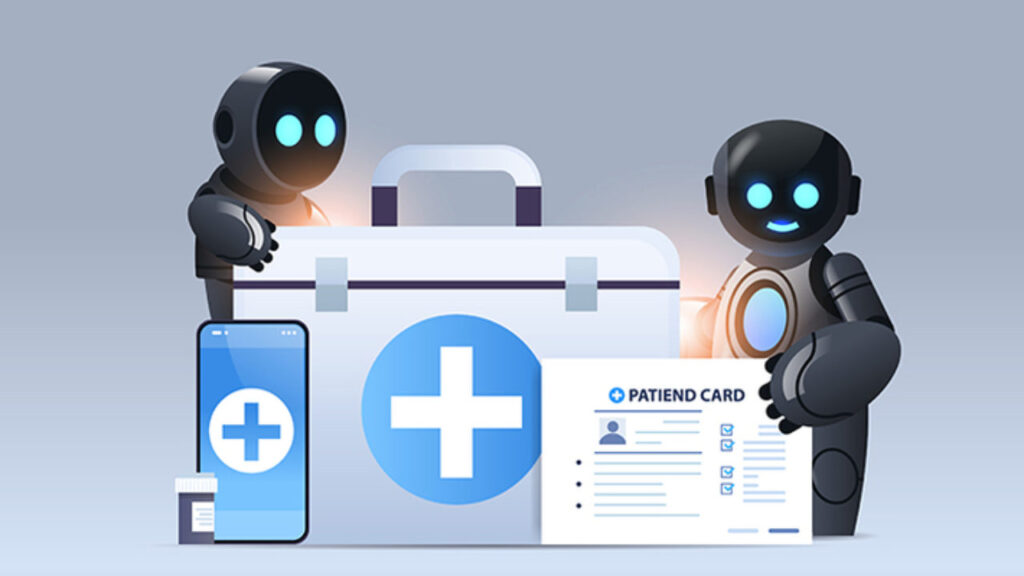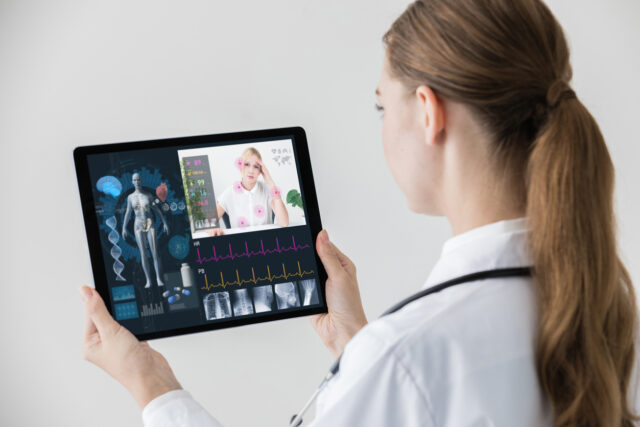As technology continues to advance, the healthcare industry has seen a significant shift in how care is delivered to patients. Two major trends that have emerged in recent years are telehealth and virtual healthcare. Though the terms are often used interchangeably, there are key differences between the two. In this article, we will explore the main differences between telehealth and virtual healthcare, focusing on what telehealth covers overall and delving into various aspects of virtual healthcare.
Telehealth refers to the use of telecommunications and digital information technology to deliver healthcare services remotely. This concept enables healthcare professionals to diagnose, treat, and monitor patients from a distance, eliminating the need for physical appointments. Telehealth is a broad term that encompasses various subcategories, including:

1. Telemedicine: Telemedicine is the practice of delivering clinical services through telecommunications technology, allowing doctors and patients to interact remotely. This category includes video consultations, remote patient monitoring, and electronic prescriptions.
2. Teleconsultation: Teleconsultation involves healthcare providers using telecommunications technology to collaborate with each other and consult on patient cases. This can involve sharing medical records, images, and other relevant information.
3. Telemonitoring: Telemonitoring refers to the use of remote monitoring devices that collect and transmit patient health data to healthcare providers, allowing them to monitor patients’ conditions from a distance.
4. Telecare: Telecare is the provision of remote care services to patients with chronic conditions or disabilities, enabling them to live independently in their own homes. This often includes the use of remote sensors, alarms, and other assistive technology.
5. Teleducation: Teleducation, or telehealth education, is the use of telecommunications technology to provide educational resources to healthcare professionals, patients, and the general public. This can include webinars, online courses, and virtual conferences.

Virtual healthcare is a broader term that encompasses telehealth and other digital health solutions, which aim to improve patient care, engagement, and access to healthcare services. Virtual healthcare technologies often leverage artificial intelligence (AI), big data, and other advanced technologies to optimize healthcare delivery. Key components of virtual healthcare include:
1. Wearables: Wearable devices, such as fitness trackers and smartwatches, are becoming increasingly popular for monitoring personal health data. These devices collect data on heart rate, physical activity, sleep patterns, and more, allowing users and healthcare providers to monitor health and identify potential health issues.
2. Digital Patient Engagement: Digital patient engagement tools, such as mobile apps and online portals, facilitate communication between patients and healthcare providers, allowing patients to access their medical records, schedule appointments, and receive personalized health information. Education plays a big role here as well, as an educated patient tends to return more often, their health should improve overall, and it will reduce overall stress for your staff when you can answer simple questions without tying up their time.

3. Digital Front Door: The digital front door refers to the use of digital channels to engage with patients and manage their healthcare journey, from the initial point of contact to post-care follow-up. This may include online appointment scheduling, virtual waiting rooms, and telemedicine platforms.
4. Patient Scheduling Software: Patient scheduling software streamlines the process of booking and managing appointments for healthcare providers. These tools allow patients to book appointments online, receive appointment reminders, and communicate with healthcare providers.
5. HIPAA Secure Texting: Secure messaging platforms allow healthcare providers to exchange sensitive patient information in a secure and compliant manner, adhering to the Health Insurance Portability and Accountability Act (HIPAA) privacy and security rules.
6. Healthcare AI Chatbots: AI chatbots are being used in the healthcare industry to assist patients and healthcare providers in various tasks, such as symptom assessment, appointment scheduling, and answering general health questions. These chatbots use natural language processing and machine learning algorithms to understand and respond to user input.

7. Telepharmacy: Telepharmacy enables remote delivery of pharmaceutical services, including medication management, counseling, and prescription verification. This service expands access to pharmacy services for patients in remote or underserved areas, as well as those with mobility limitations.
8. Electronic Health Records (EHRs): EHRs are digital versions of patients’ medical records, which can be accessed and updated by healthcare providers across different healthcare settings. EHRs help streamline the flow of information and improve coordination of care among healthcare professionals.
9. Remote Imaging and Diagnostics: Virtual healthcare includes the use of remote imaging and diagnostic tools that allow healthcare professionals to evaluate medical images and conduct diagnostic tests remotely. This can help improve access to specialized care and expedite diagnosis and treatment.
10. Virtual Reality (VR) and Augmented Reality (AR) in Healthcare: VR and AR technologies are being used in various healthcare applications, including medical education, pain management, and rehabilitation. These technologies can help enhance patient engagement, facilitate remote training for healthcare professionals, and improve clinical outcomes.

11. Hub services in pharmacies refer to centralized platforms that streamline various pharmacy services, including patient support, reimbursement, and medication management. These services play a critical role in improving patient access to medications, particularly for those with complex or chronic conditions requiring specialty medications.
12. Virtual visits, also known as telehealth or telemedicine consultations, are an innovative approach to providing healthcare services through digital platforms, enabling patients and healthcare providers to interact remotely. This method of communication allows individuals to seek medical advice, discuss symptoms, and receive treatment recommendations without the need for in-person appointments.

While both telehealth and virtual healthcare leverage digital technologies to deliver healthcare services remotely, there are key differences between the two concepts. Telehealth primarily focuses on remote clinical services, such as telemedicine, teleconsultation, and telemonitoring, while virtual healthcare encompasses a wider range of digital health solutions aimed at enhancing patient engagement, improving access to care, and optimizing healthcare delivery.
As the healthcare industry continues to evolve, telehealth and virtual healthcare will play an increasingly important role in improving patient outcomes and reducing healthcare costs. By understanding the differences between these two concepts, healthcare providers can better implement and leverage these innovative technologies to meet the needs of their patients and deliver high-quality, patient-centered care.




